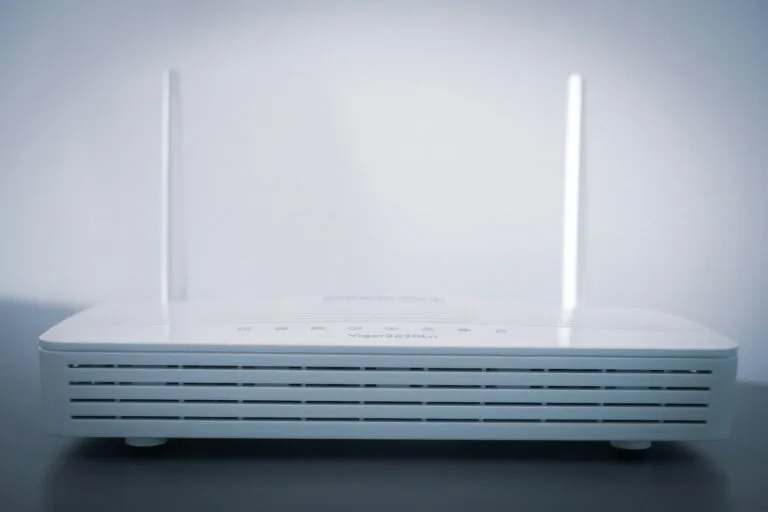Fix Router Issues
A stable internet connection is essential for both work and leisure. If you are experiencing broadband router issues, you may struggle with slow speeds, frequent disconnections, or no connection at all. This guide will help you diagnose and fix common broadband router problems efficiently.
You can also check out our Blog to find lots of helpful information and tips.
Common Broadband Router Issues and How to Fix Them
If you have an I.T. department or external company working on your behalf, please ask them to complete all 1st line checks. Broadband router troubleshooting can be very simple, however sometimes you may need to speak with them before contacting us.
1. No Internet Connection
If your router shows a connection but you can’t access the internet, try these steps:
- Restart your router and modem by turning them off for 30 seconds. This time is important as the network connection needs to fully drop.
- Check if your service is experiencing an outage (contact us for information).
- Ensure all cables that are connected to the router are securely connected and are not damaged. If any are damaged or look damaged, then please replace them with new ones.
- Test your connection with another router to rule out device-specific issues. Please ask for service connection details to input into the replacement router.
2. Slow Internet Speeds
Slow speeds can stem from various factors, including network congestion and outdated hardware.
- Run a speed test at Speedtest.net to compare speeds with your expected plan.
- Disconnect all devices from your network. Connect one PC or laptop via an ethernet cable and run the speed test again. If the issue persists then contact our team for further testing.
- Place your router in a central location to improve coverage
- Upgrade your router if it’s more than five years old.
3. Frequent Disconnections
If your connection drops regularly:
- Ensure your router firmware is up to date.
- Reduce interference from other electronic devices (e.g., cordless phones, microwaves).
- Switch to a less congested Wi-Fi channel (use apps like Wi-Fi Analyzer for Android or NetSpot for Windows and macOS).
- Check if your service is experiencing any issues by calling our team to do further tests. (contact us for information).
4. Wi-Fi Not Reaching Certain Areas
Poor Wi-Fi coverage can be frustrating, but there are ways to help fix it:
- Move your router to a higher position, away from walls and metal objects.
- Consider a Wi-Fi extender, mesh network system or speak with our team about further options for hard-wired solutions.
- Use a wired Ethernet connection for devices that need stable connectivity.
5. Router Keeps Restarting
A router that reboots on its own may indicate:
- Speak with your IT department or external company as you may have conflicting IP addresses causing issues.
- Overheating: Keep it in a ventilated area.
- Faulty power supply: Try a different power adapter.
Hardware failure: Contact your ISP for a replacement.
Advanced Router Troubleshooting Tips
Please only complete the troubleshooting steps below under expert advice or guidance.
Checking Your Router Logs
Most modern routers allow you to access logs through their admin panel (usually found at 192.168.1.1 however please check your router base for details). Checking logs can help identify issues like failed connections or frequent restarts.
Resetting Your Router to Factory Settings
If all else fails, reset your router by holding the reset button for 10-30 seconds. Be aware that this will erase all settings.


